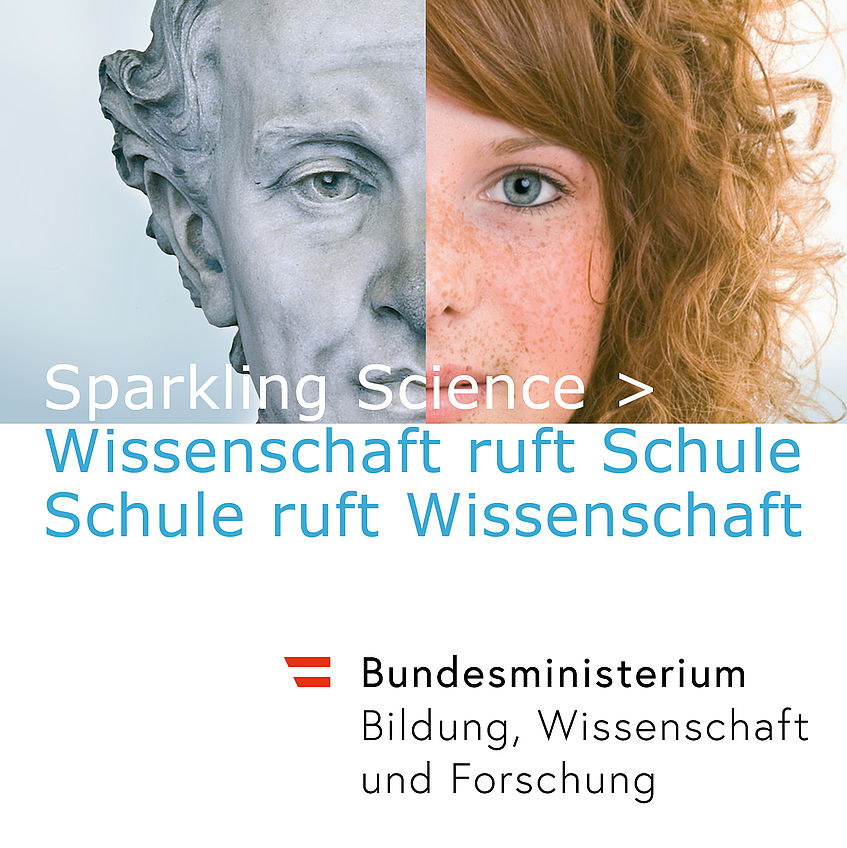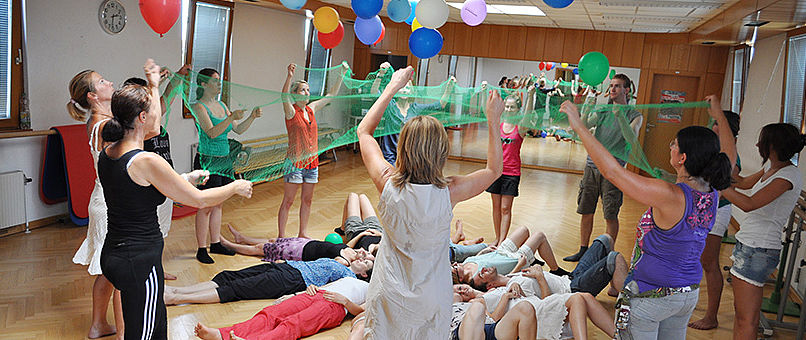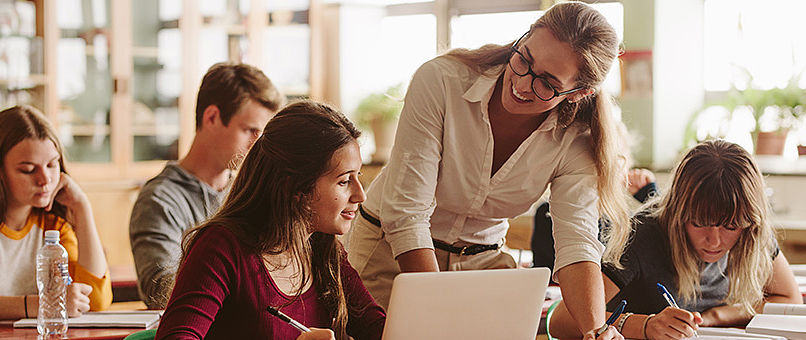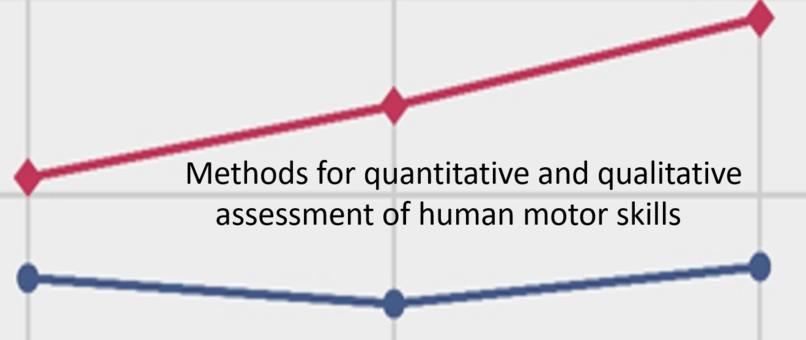Research project Psychomotricity in school
Development, implementation and evaluation of the psychomotor teaching and learning method in primary school and in new secondary school.
As a child, everyone is an artist. The problem is how to remain an artist once we grow up.
- Pablo Picasso
The current education system primarily works with extrinsic motivational factors. However, it is scientifically proven that extrinsic motivational factors – using rewards and punishments as incentives from outside – are less effective and contribute less to the pupils’ positive character development and self-confidence than intrinsic motivational factors. Good learning outcomes are more likely when the pupils’ learning motivation is self-determined and not directed by others.
One goal of the psychomotor teaching and learning method is to strengthen intrinsic motivation, which is the kind of motivation that exists within individuals. It leads the pupils to create their own ideas and make their own, autonomous decisions on what to do, based on what they like and enjoy, and what they find meaningful. The goal is to create a learning culture that is built on improved social relationships between teachers and pupils. This means that the needs and interests of the pupils, and especially the pupils’ urge to move, are considered in the classroom. Movement is the motor for the pupils’ mental and physical development. What is learned in movement, or in connection with movement, will be memorised more easily and for a longer period of time.

Dateigröße: 576 kB










